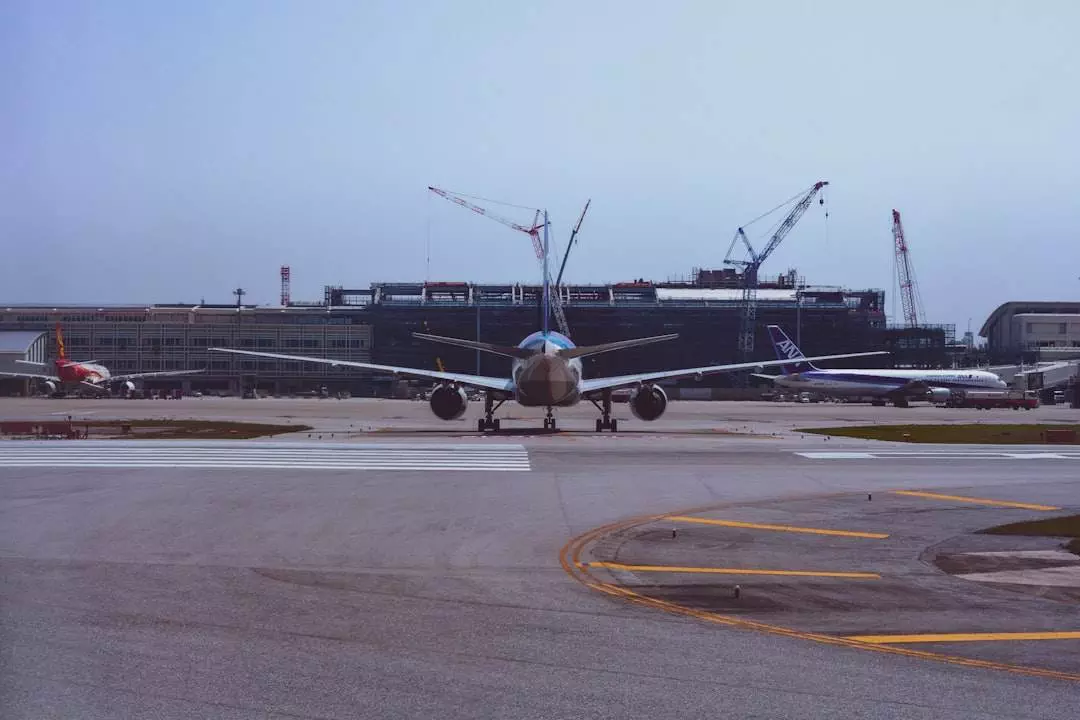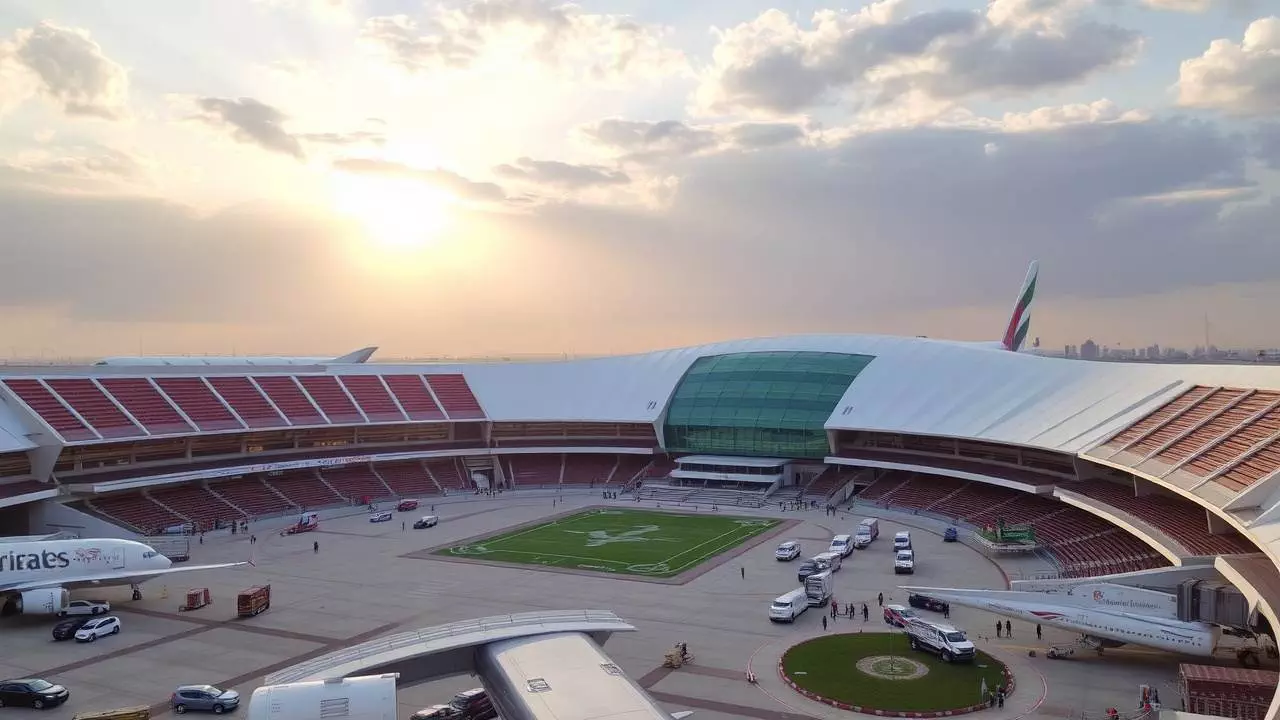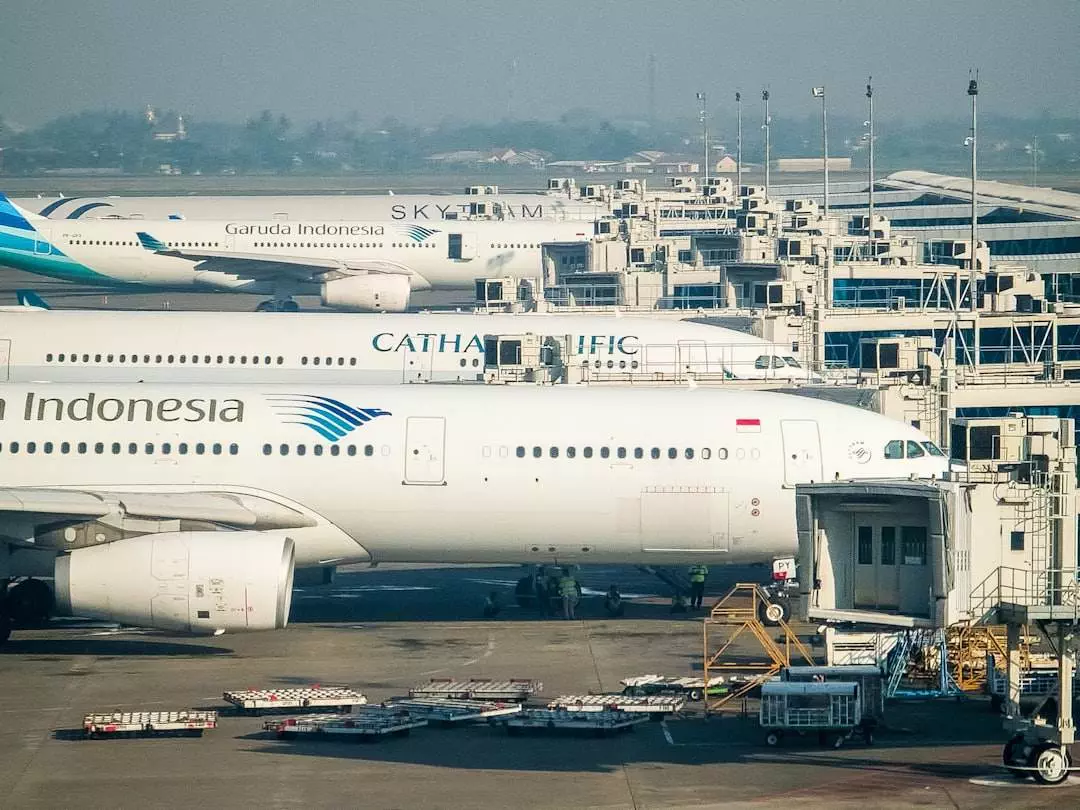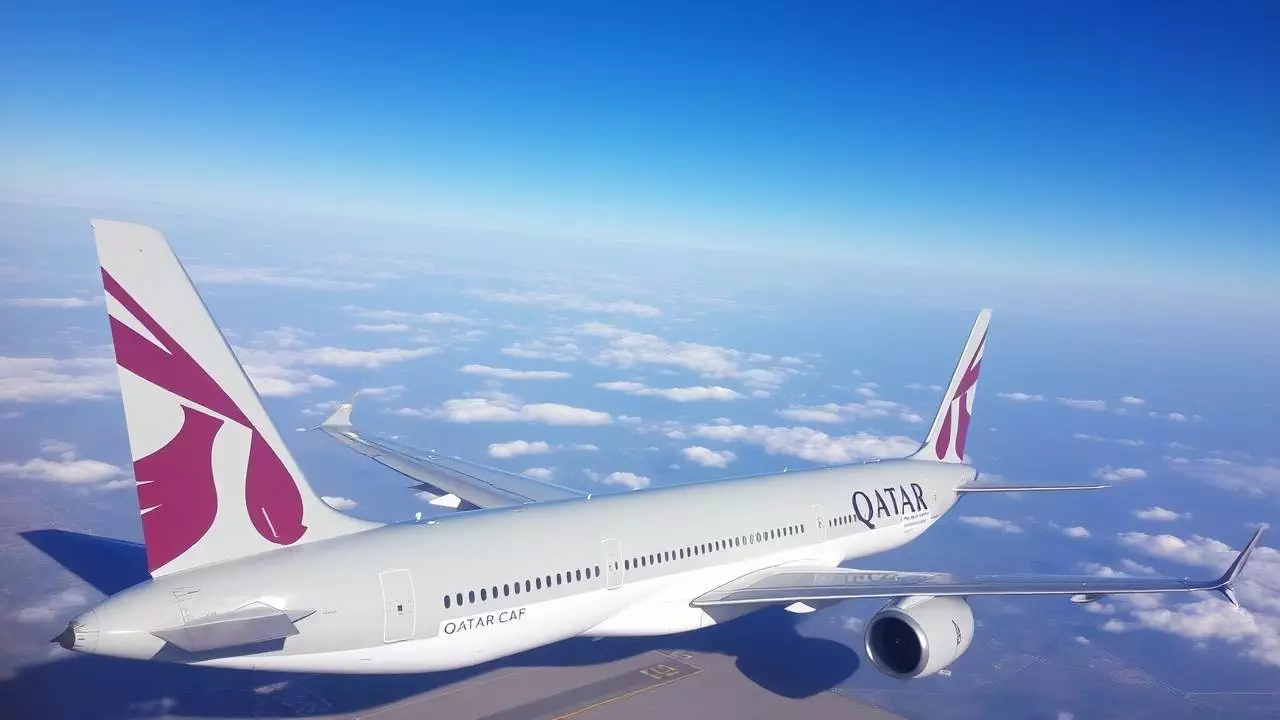The role of cabin crew at All Nippon Airways (ANA) extends far beyond merely serving meals and ensuring passenger comfort. These professionals are the face of the airline, embodying its values and commitment to customer service. They are responsible for creating a welcoming atmosphere onboard, ensuring that every passenger feels valued and cared for throughout their journey.
This involves not only attending to the immediate needs of passengers but also anticipating their requirements, which can range from dietary preferences to special assistance for those with disabilities. In addition to providing exceptional service, ANA cabin crew members play a crucial role in maintaining the safety and security of the flight. They are trained to handle a variety of situations, from medical emergencies to potential security threats.
This dual responsibility of service and safety makes their role both challenging and rewarding. The cabin crew must be adept at multitasking, balancing the demands of customer service with the need to remain vigilant and prepared for any situation that may arise during the flight.
Key Takeaways
- ANA cabin crew play a crucial role in ensuring the safety, comfort, and satisfaction of passengers during flights.
- Training and qualifications for ANA cabin crew include extensive safety training, language proficiency, and customer service skills.
- ANA cabin crew are committed to providing exceptional customer service and hospitality to passengers, reflecting the airline’s dedication to excellence.
- ANA cabin crew are well-prepared to handle safety and emergency procedures, undergoing rigorous training to ensure the well-being of passengers in any situation.
- ANA cabin crew adhere to strict uniform and appearance standards, reflecting the airline’s professional and polished image.
Training and Qualifications for ANA Cabin Crew
To become a member of ANA’s cabin crew, candidates must meet specific qualifications and undergo rigorous training. The minimum educational requirement is typically a high school diploma or equivalent, although many successful applicants possess higher education degrees. Proficiency in English is essential, as it is the international language of aviation, and knowledge of additional languages can be a significant advantage in this multicultural environment.
Candidates must also demonstrate excellent communication skills, a friendly demeanor, and the ability to work well under pressure. Once selected, new recruits enter an intensive training program that covers various aspects of cabin crew responsibilities. This training includes safety procedures, emergency protocols, first aid, and customer service techniques.
For instance, cabin crew members learn how to operate emergency equipment, conduct safety demonstrations, and manage in-flight emergencies effectively. Additionally, they receive training in cultural sensitivity and conflict resolution to ensure they can cater to a diverse passenger demographic. This comprehensive training ensures that ANA cabin crew members are well-prepared to handle any situation that may arise during a flight.
Customer Service and Hospitality on ANA Flights
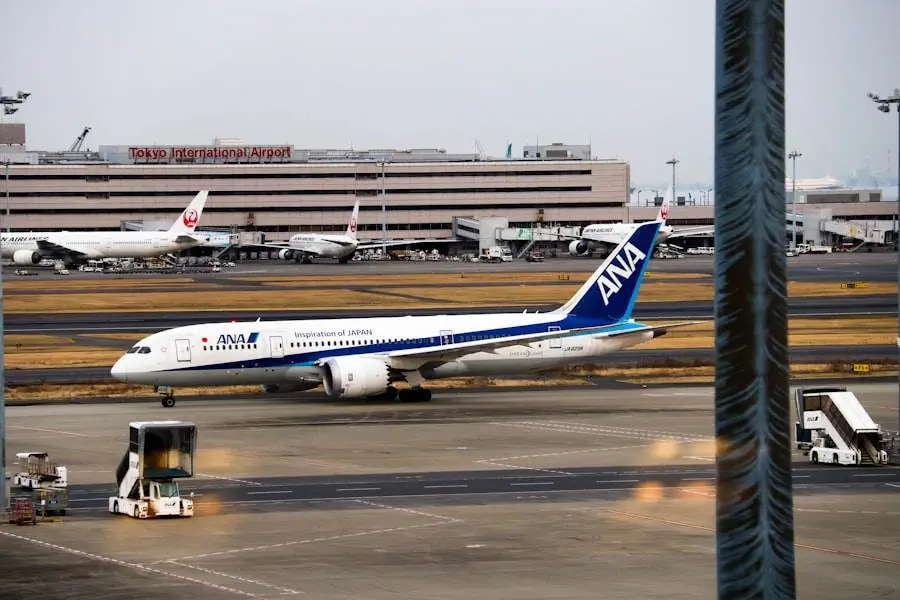
Customer service is at the heart of ANA’s operations, and cabin crew members are trained to deliver an exceptional level of hospitality that reflects the airline’s commitment to excellence. From the moment passengers board the aircraft until they disembark, cabin crew members strive to create a positive experience. This includes greeting passengers warmly, assisting with luggage, and providing information about the flight.
The emphasis on hospitality is deeply rooted in Japanese culture, where politeness and attentiveness are highly valued. In-flight service is another critical aspect of customer care. ANA cabin crew members are trained to serve meals and beverages efficiently while accommodating individual preferences and dietary restrictions.
For example, they may offer a selection of Japanese cuisine alongside international options, catering to the diverse tastes of their passengers. Furthermore, cabin crew members are encouraged to engage with passengers, fostering a friendly atmosphere that enhances the overall travel experience. This personal touch not only makes flights more enjoyable but also builds loyalty among frequent travelers.
Safety and Emergency Procedures
| Procedure | Frequency | Compliance |
|---|---|---|
| Fire Drills | Quarterly | 95% |
| First Aid Training | Annually | 100% |
| Emergency Evacuation Plan | Biannually | 98% |
Safety is paramount in aviation, and ANA cabin crew members undergo extensive training in safety and emergency procedures. This training prepares them to respond effectively to various scenarios that could jeopardize passenger safety. For instance, they learn how to manage in-flight medical emergencies by administering first aid or coordinating with medical professionals on the ground if necessary.
Additionally, they are trained in evacuation procedures, ensuring that they can guide passengers safely off the aircraft in case of an emergency. The importance of safety extends beyond emergency situations; it also encompasses routine safety checks before takeoff and during the flight. Cabin crew members are responsible for ensuring that all safety equipment is functional and that passengers are aware of safety protocols.
They conduct pre-flight briefings that include information on seatbelt usage, emergency exits, and oxygen mask deployment. By instilling a culture of safety awareness among passengers, ANA cabin crew members contribute significantly to the overall safety record of the airline.
ANA Cabin Crew Uniform and Appearance Standards
The uniform worn by ANA cabin crew members is not just a practical outfit; it symbolizes professionalism and the airline’s brand identity. The design reflects a blend of modern aesthetics with traditional Japanese elements, showcasing ANA’s commitment to its heritage while embracing contemporary trends. The uniform typically includes tailored jackets, skirts or trousers, and accessories that enhance the overall appearance.
Attention to detail is paramount; uniforms must be clean, pressed, and well-fitted at all times. Appearance standards extend beyond uniforms; ANA places great emphasis on grooming and personal presentation. Cabin crew members are expected to maintain a polished look that reflects the airline’s high standards.
This includes guidelines on hairstyles, makeup, and jewelry. For instance, female crew members may be required to wear subtle makeup and keep their hair neatly styled, while male crew members must adhere to guidelines regarding facial hair and grooming. These standards ensure that all cabin crew members present a cohesive image that reinforces ANA’s reputation for excellence.
Career Opportunities and Advancement for ANA Cabin Crew
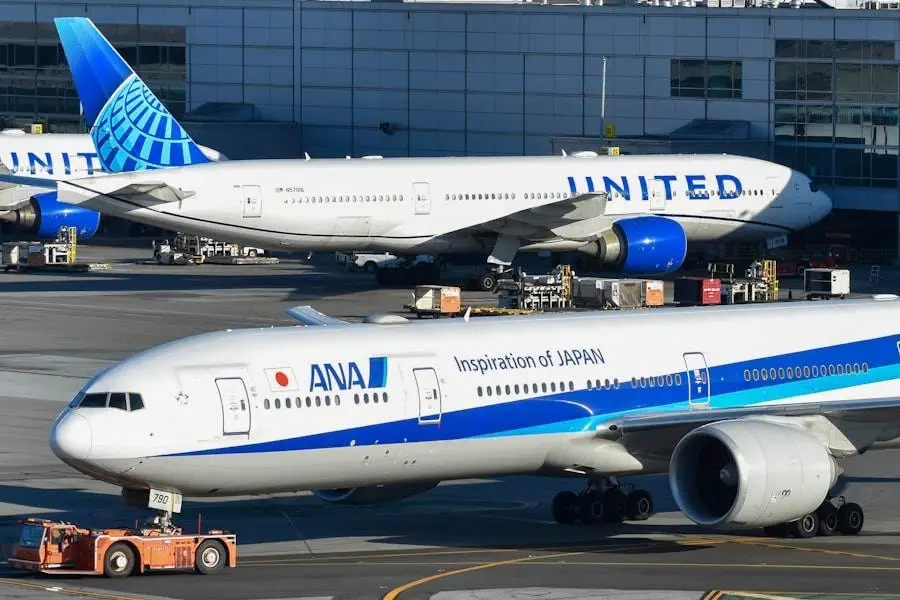
A career as an ANA cabin crew member offers numerous opportunities for growth and advancement within the airline industry. Many individuals start their journey as flight attendants but can progress to higher positions such as senior cabin crew or purser roles with experience and additional training. These advanced positions come with increased responsibilities, including leading the cabin crew team during flights and managing in-flight operations.
Moreover, ANA encourages its employees to pursue further education and training opportunities that can enhance their skills and career prospects. For instance, cabin crew members may have access to leadership development programs or specialized training in areas such as customer service excellence or safety management. This commitment to professional development not only benefits individual employees but also contributes to the overall success of the airline by fostering a highly skilled workforce.
Challenges and Rewards of Being an ANA Cabin Crew Member
While being an ANA cabin crew member is undoubtedly rewarding, it also comes with its share of challenges. One significant challenge is the demanding nature of the job, which often requires long hours and irregular schedules. Cabin crew members may find themselves working overnight flights or spending extended periods away from home, which can impact their personal lives and relationships.
Additionally, dealing with difficult passengers or managing in-flight emergencies can be stressful and requires a high level of emotional resilience. Despite these challenges, many cabin crew members find immense satisfaction in their roles. The opportunity to travel to various destinations around the world is a significant perk that allows them to experience different cultures and meet people from diverse backgrounds.
Furthermore, the camaraderie among cabin crew members fosters a strong sense of community and support within the team. Many find fulfillment in providing exceptional service and making a positive impact on passengers’ travel experiences.
ANA Cabin Crew’s Commitment to Excellence
ANA’s commitment to excellence is reflected in every aspect of its operations, particularly through its cabin crew members. The airline has established a culture that prioritizes quality service, safety, and continuous improvement. This commitment is evident in the rigorous training programs designed to equip cabin crew with the skills necessary to excel in their roles.
Moreover, ANA actively seeks feedback from both passengers and employees to identify areas for improvement and enhance service delivery.
They embody the airline’s philosophy of “Inspiration of Japan,” striving to provide an experience that exceeds passenger expectations at every turn.
Whether it’s through personalized service or meticulous attention to detail in safety procedures, ANA cabin crew members play an integral role in maintaining the airline’s reputation as one of the leading carriers in the world.
For more information on the responsibilities and duties of ANA (All Nippon Airways) Cabin Crew, check out this insightful article on the Ontario Will Registry website: ANA Cabin Crew: What You Need to Know. This article provides valuable insights into the daily tasks and requirements of cabin crew members, offering a comprehensive overview of the role within the airline industry.
FAQs
What are the requirements to become an ANA (All Nippon Airways) cabin crew?
To become an ANA cabin crew member, applicants must meet certain requirements such as being at least 20 years old, having a high school diploma or equivalent, being fluent in Japanese and English, and having a minimum arm reach of 210 cm.
What is the training process for ANA cabin crew?
The training process for ANA cabin crew includes both theoretical and practical training. It covers topics such as safety procedures, customer service, emergency protocols, and aircraft knowledge. The training typically lasts for several weeks.
What are the responsibilities of ANA cabin crew?
The responsibilities of ANA cabin crew include ensuring the safety and comfort of passengers, conducting pre-flight safety checks, serving meals and beverages, providing customer service, and handling emergency situations.
What are the working conditions for ANA cabin crew?
ANA cabin crew members work in a dynamic and fast-paced environment. They may have irregular working hours, including weekends and holidays. They also have to be prepared for long flights and time zone changes.
What are the career prospects for ANA cabin crew?
ANA cabin crew members have the opportunity to advance in their careers and take on roles such as purser, trainer, or management positions within the airline. They may also have the chance to transfer to different departments within the company.
